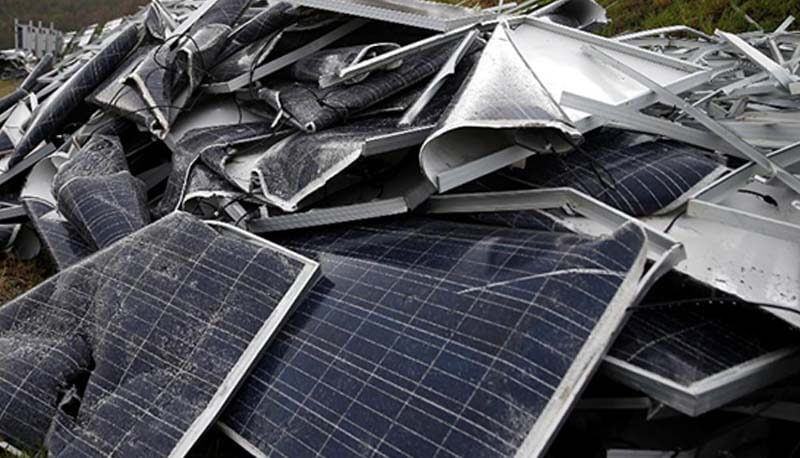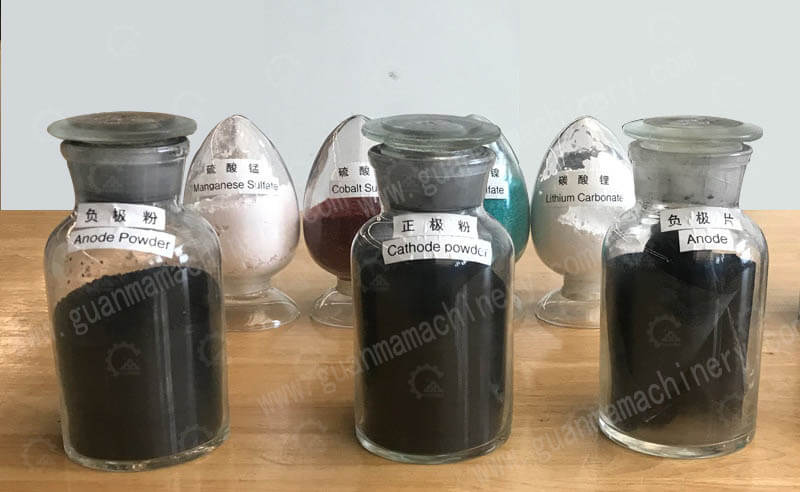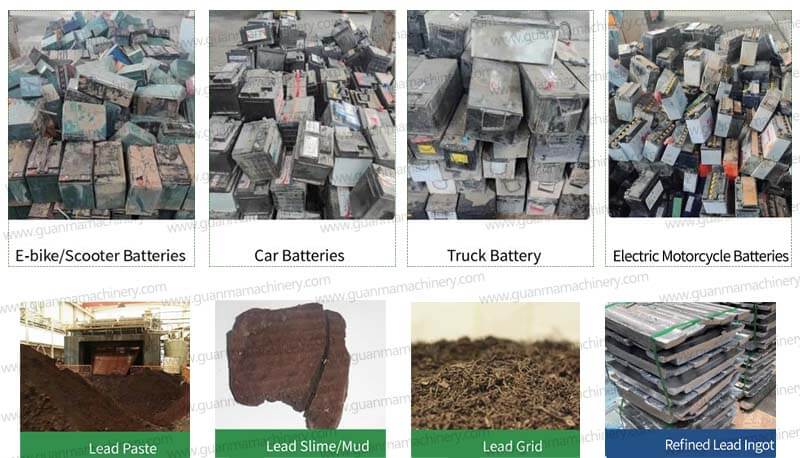Produce Activated Carbon from Pistachio Shells Introduction
Activated carbon is a highly porous material widely used in applications like water filtration, air purification, and industrial processes. But did you know you can make it from pistachio shells? Pistachio shells, an abundant agricultural byproduct, offer a sustainable and economical alternative for producing activated carbon.
Overview of Pistachio Shells
Composition of Pistachio Shells
Pistachio shells consist primarily of lignin, cellulose, and hemicellulose. These components are ideal for carbonization and activation, yielding high-quality activated carbon.
Availability and Environmental Benefits
Globally, pistachio production generates tons of shell waste. By recycling these shells, we can reduce landfill waste and promote a circular economy, making the process both environmentally and economically viable.
Advantages of Using Pistachio Shells for Activated Carbon
Renewable Resource: Pistachio shells are a byproduct of food production, ensuring a consistent supply.
Cost-Effective: Utilizing waste material reduces raw material costs.
Environmental Benefits: Recycling shells prevents waste accumulation and supports sustainability efforts.
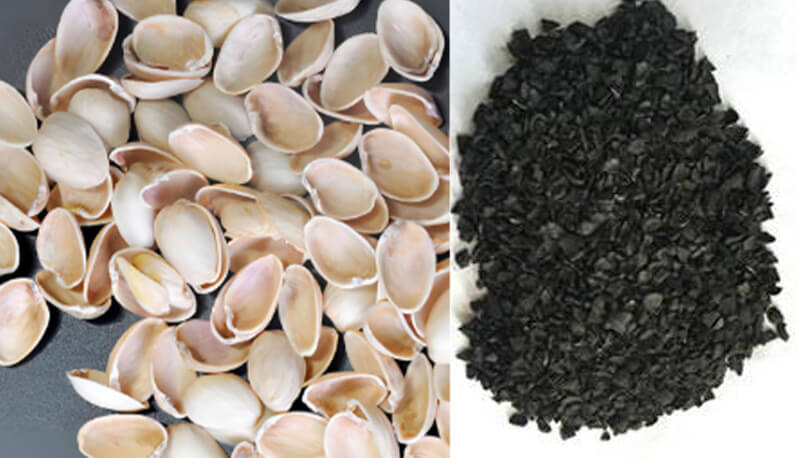
Preparation of Pistachio Shells for Carbonization
Collection: Gather pistachio shells free of contaminants like food residues.
Cleaning: Wash thoroughly to remove impurities.
Pre-Treatment: Drying the shells ensures consistent results during carbonization.
Carbonization Process
Carbonization involves heating the cleaned pistachio shells in an oxygen-free environment to convert them into charcoal.
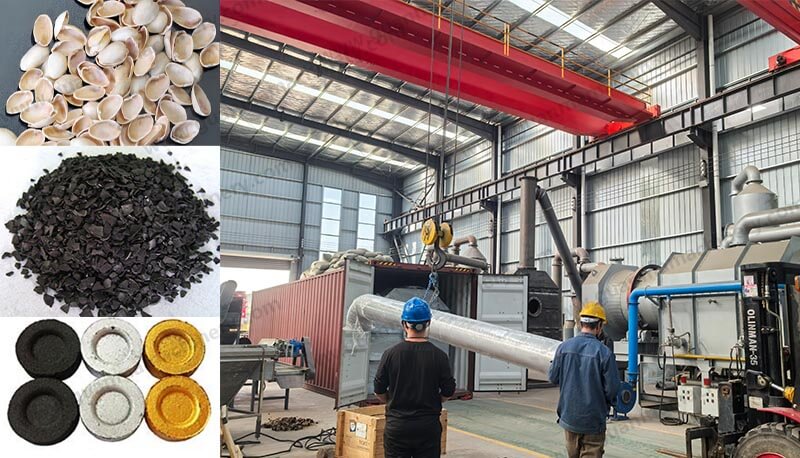
Temperature and Time Requirements
Heat the shells to 400–800°C.
Maintain for 1–3 hours, depending on desired results.
Equipment
A carbonization kiln or furnace is essential for this step.
Activation Process
Heat carbonized shells in the presence of steam or CO2 at 800–1000°C.
Process Flow
Collection and Cleaning: Prepare the shells.
Carbonization: Convert them into charcoal.
Activation: Enhance porosity through chemical or physical methods.
Cooling and Washing: Remove residual chemicals and ash.
Drying and Packaging: Ensure proper storage for distribution.
Applications of Activated Carbon from Pistachio Shells
Water Treatment: Removes contaminants effectively.
Air Purification: Absorbs odors and pollutants.
Industrial Uses: Essential in refining and chemical industries.
Producing activated carbon from pistachio shells is an innovative way to repurpose agricultural waste. It’s sustainable, cost-effective, and environmentally friendly, making it a win-win for businesses and the planet.


